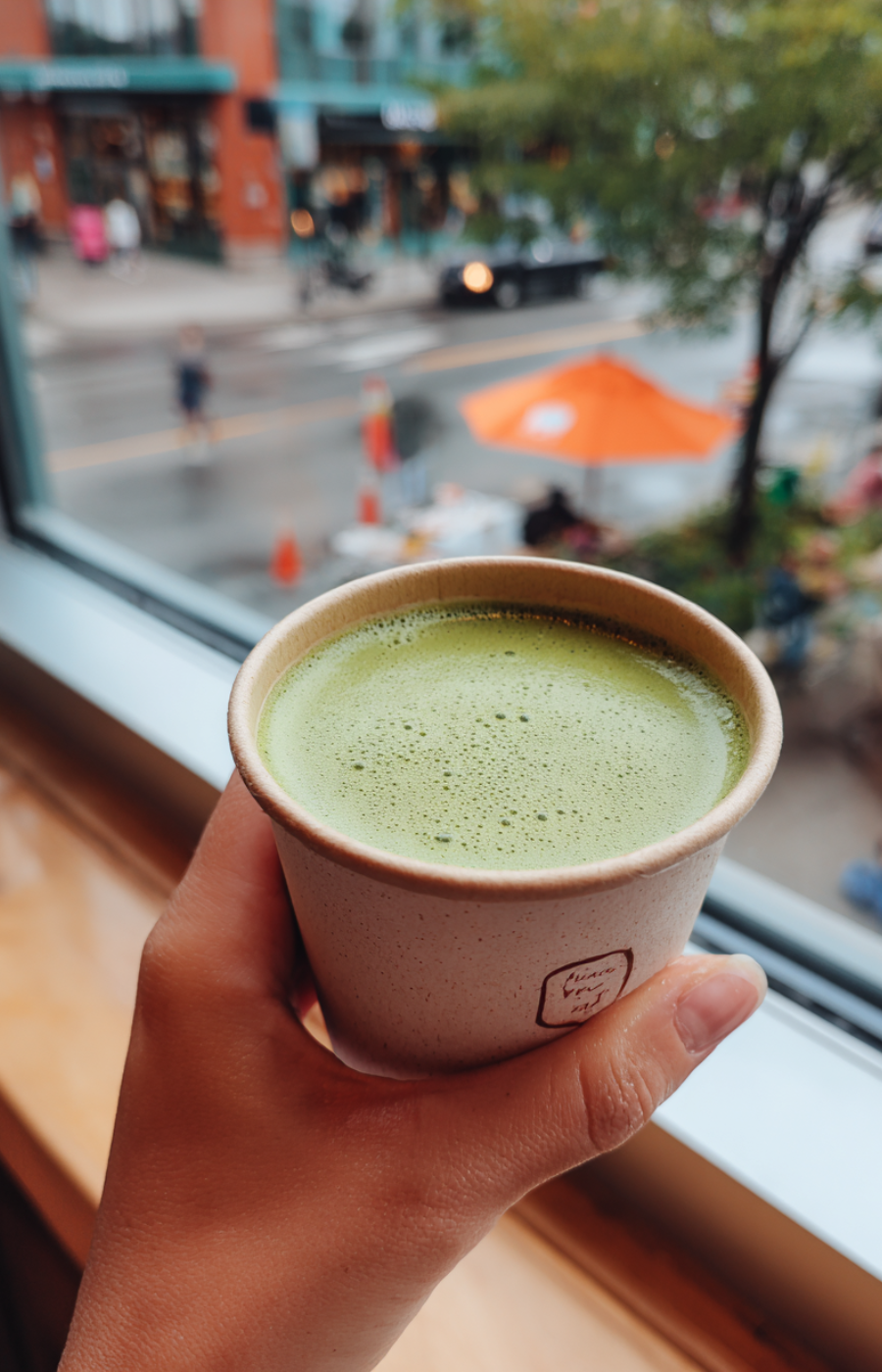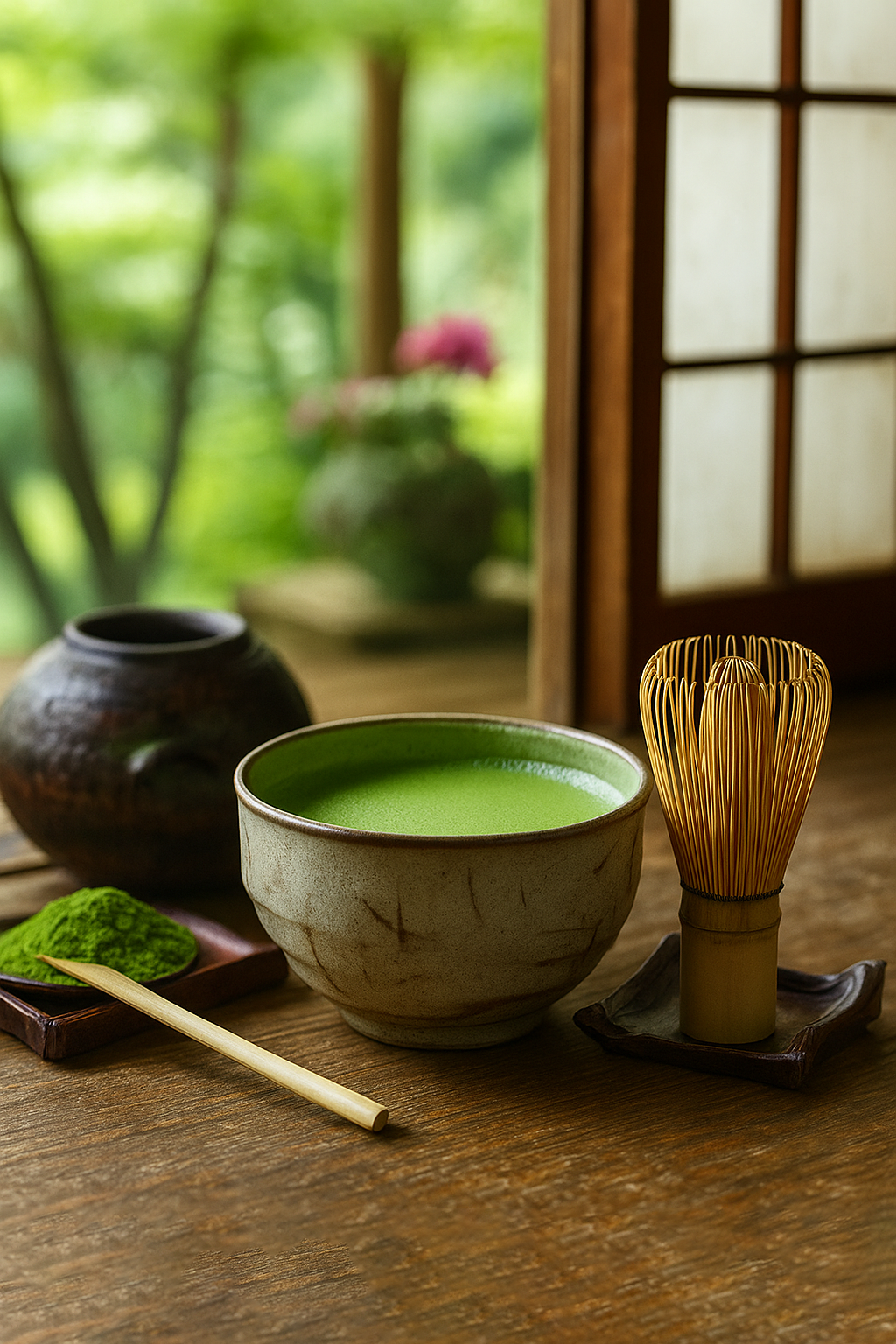
The Matcha Paradox: Is Your "Healthy" Latte Hiding a Sugar Bomb?
Matcha has exploded in popularity, often seen as a healthier beverage alternative to coffee. Yet, there's a growing concern: many commercial matcha drinks, like the lattes from your favorite coffee shop, contain surprisingly large amounts of sugar. This article will explore the authentic health benefits of pure matcha and uncover how marketing can mislead consumers about what they're really drinking.
The Real Deal: Pure Matcha's Amazing Powers True matcha, from specially grown tea leaves, is a nutritional powerhouse.
-
Antioxidant Boost: Consuming the whole leaf delivers concentrated antioxidants, like EGCG, fighting cell damage. It has 3-10 times more antioxidants than regular green tea!
-
Calm Focus: Matcha offers "calm alertness" from caffeine and L-theanine. L-theanine promotes relaxed focus without coffee jitters, boosting mood.
-
More Goodness: Pure matcha supports heart health, immunity, metabolism, and detoxification.
The Sweet Deception: What's Really in Your Matcha Latte? Pure matcha is sugar-free, but the average coffee shop will add 20-30 times more sugar than matcha to your latte. A Grande Starbucks Matcha Latte, for instance, contains 29-32 grams of sugar—nearly 7 teaspoons! Their "matcha" powder is already pre-sweetened.
Table 1: Nutritional Comparison – Pure Matcha Powder vs. Starbucks Grande Matcha Latte
|
Product |
Pure Matcha Powder (per 1-4g serving) |
Starbucks Grande Matcha Latte (16 fl oz) |
|
Calories |
2-3
|
220-240
|
|
Total Fat |
0g
|
6g
|
|
Total Carbs |
0-2g
|
31g
|
|
Added Sugars |
0g
|
32g
|
|
Protein |
1g
|
11g
|
This sugar problem extends to other brands (e.g., Dunkin's 33g added sugar). Even "healthy" protein powders and energy drinks hide added sugar. Commercial drinks often use syrups, artificial flavors, and colors. Some "matcha" tea bags contain only about 2% actual matcha!
The "Health Halo" & Hidden Dangers Matcha's popularity is fueled by its "superfood" image and claims like "improved focus" and "detoxifying." Social media amplifies this "health halo."
High sugar in commercial matcha drinks actively negates matcha's benefits. Too much sugar leads to weight gain, blood sugar spikes, and increased risk for type 2 diabetes and heart disease. It can also harm gut health, mood, and skin.
A single commercial matcha latte can exceed daily added sugar limits. The WHO suggests <10% of daily calories from free sugars (ideally <5%), while the AHA recommends <24g for women and <36g for men.
Table 2: Daily Added Sugar Recommendations by Leading Health Organizations
|
Organization |
Recommendation for Adults (2,000 kcal diet) |
Additional Notes |
|
World Health Organization (WHO) |
<10% of total daily energy from free sugars (approx. 50g or 10 teaspoons) |
Further reduction to <5% (approx. 25g or 5 teaspoons) for additional health benefits.
|
|
Dietary Guidelines for Americans (CDC) |
<10% of total daily calories from added sugars (approx. 200 calories or 12 teaspoons) |
No added sugars for children <2 years.
|
|
American Heart Association (AHA) |
Women: <24g (approx. 6 teaspoons) per day |
Men: <36g (approx. 9 teaspoons) per day. No added sugars for babies/toddlers <2 years.
|
Adding sugar creates a physiological environment that diminishes matcha's positive effects.
Take Control: Enjoying Real Matcha To truly get matcha's benefits, become a savvy consumer!
How to Spot Good Matcha:
-
Color: Vibrant, bright green.
-
Texture: Super fine and silky.
-
Smell: Fresh, sweet, grassy aroma.
-
Taste: Smooth, creamy, balanced umami with minimal bitterness.
-
Origin: Look for specific Japanese regions like Uji.
-
Packaging: Airtight, light-proof container.
Make Your Own Healthy Matcha:
The best way to avoid the sugar trap is to make it at home!
-
What you need: 1-2 teaspoons pure, unsweetened matcha powder, warm water (not boiling!), and unsweetened milk.
-
Optional sweetness: A tiny bit of natural alternatives like stevia or monk fruit, or a very small drizzle of honey/maple syrup.
-
How to make it: Sift matcha, whisk with warm water until frothy, then add milk and optional sweetener.
Conclusion: Pure matcha is incredibly healthy, but don't let clever marketing and hidden sugars trick you. By knowing what to look for and making your own, you can enjoy all its amazing benefits without the unwanted sweetness. Reclaim matcha's health promise!


